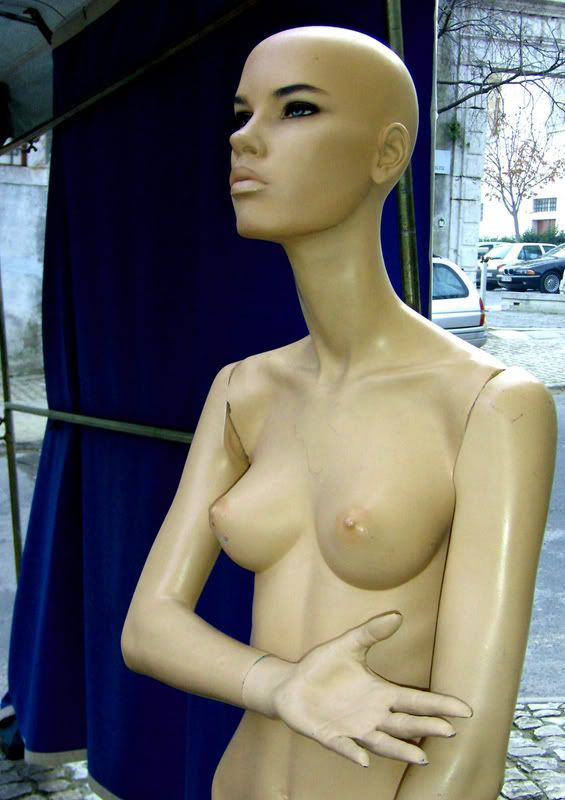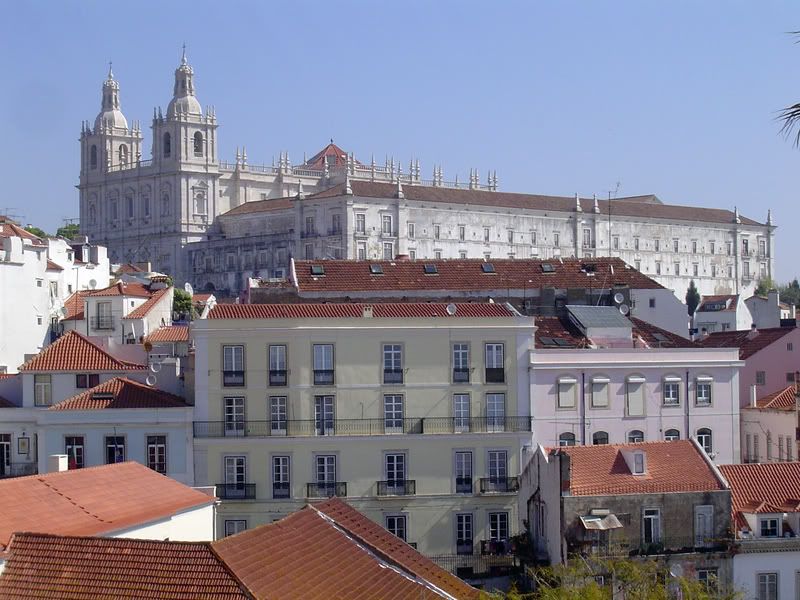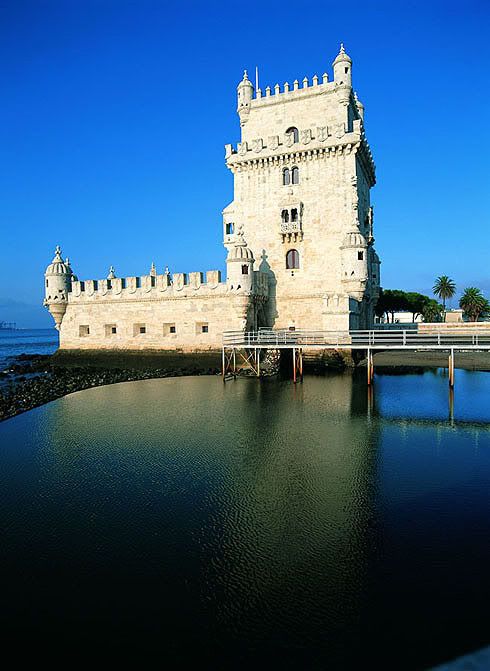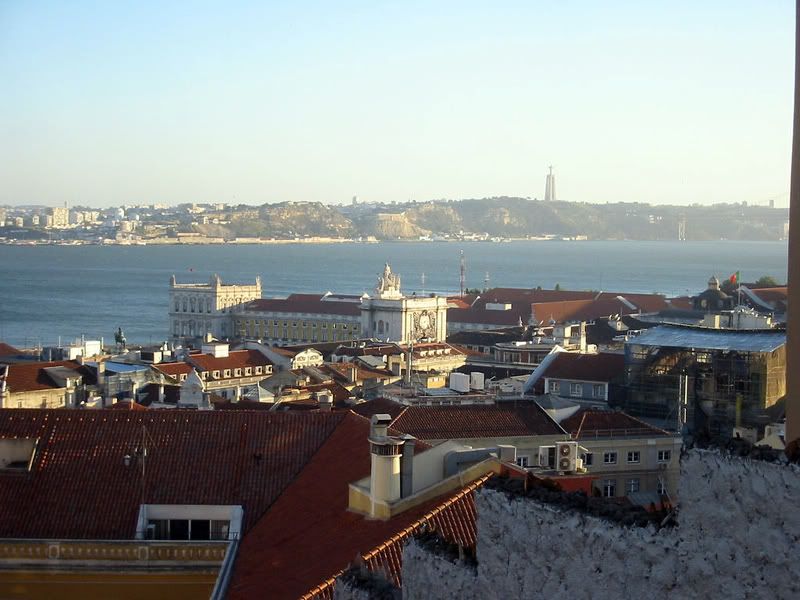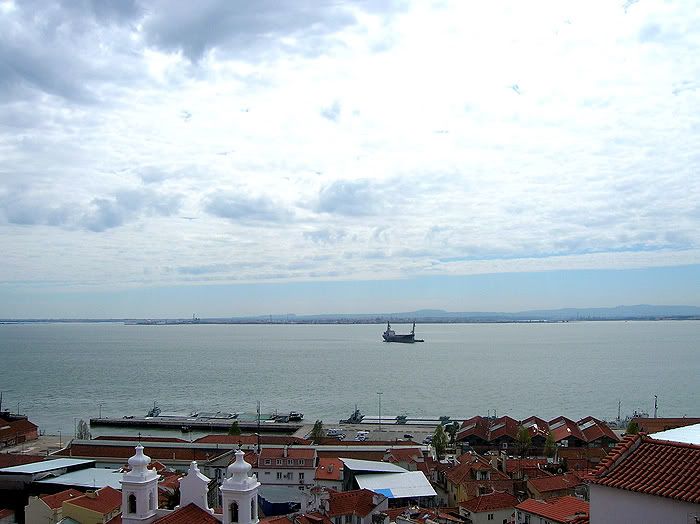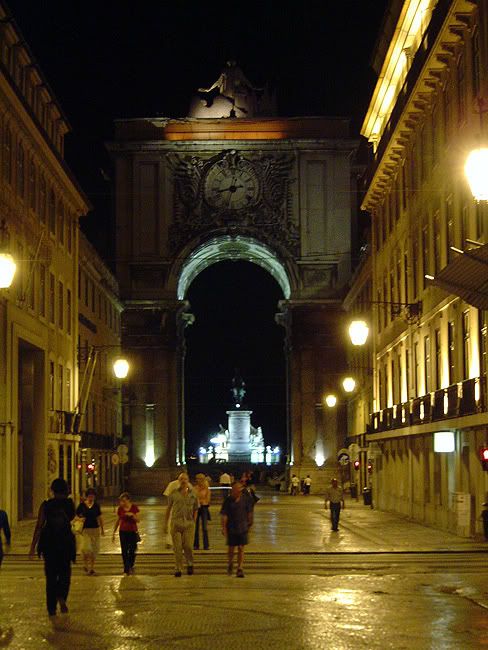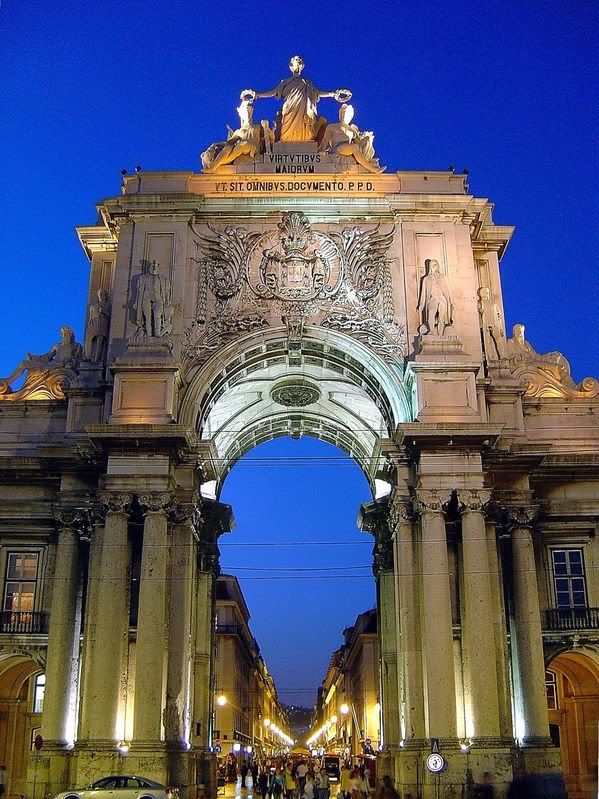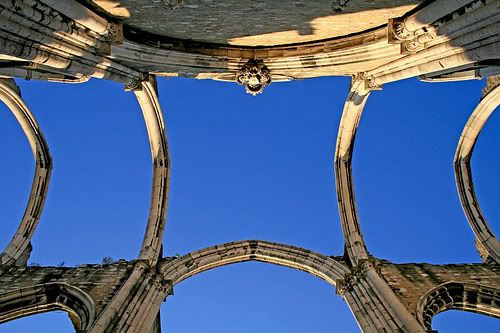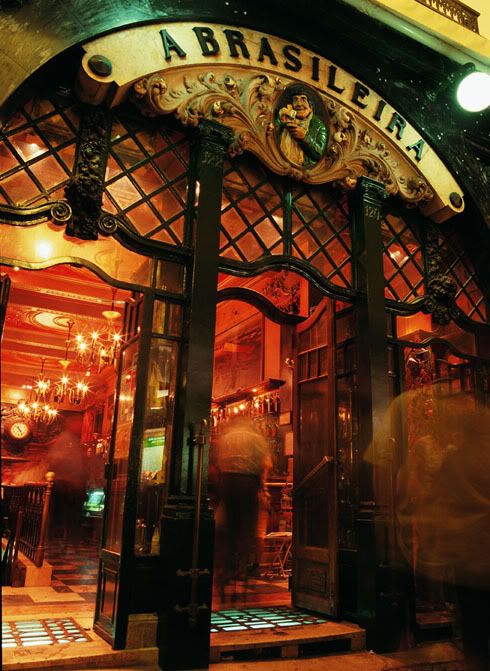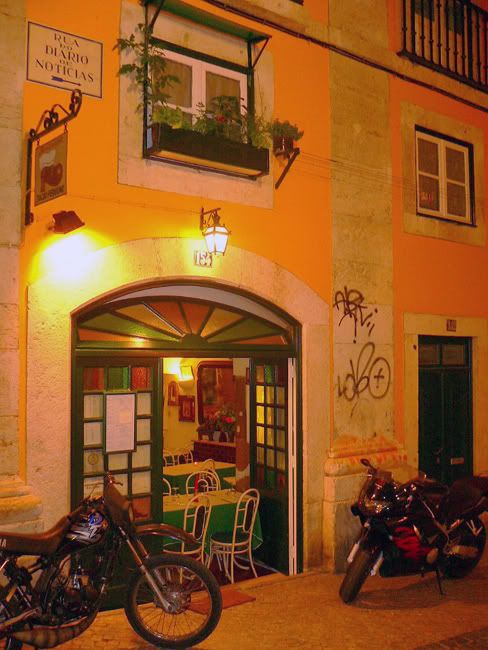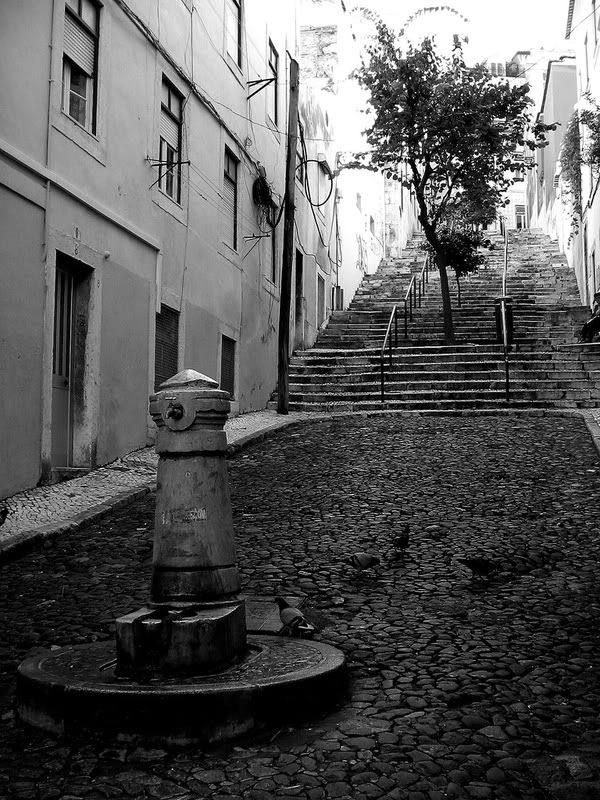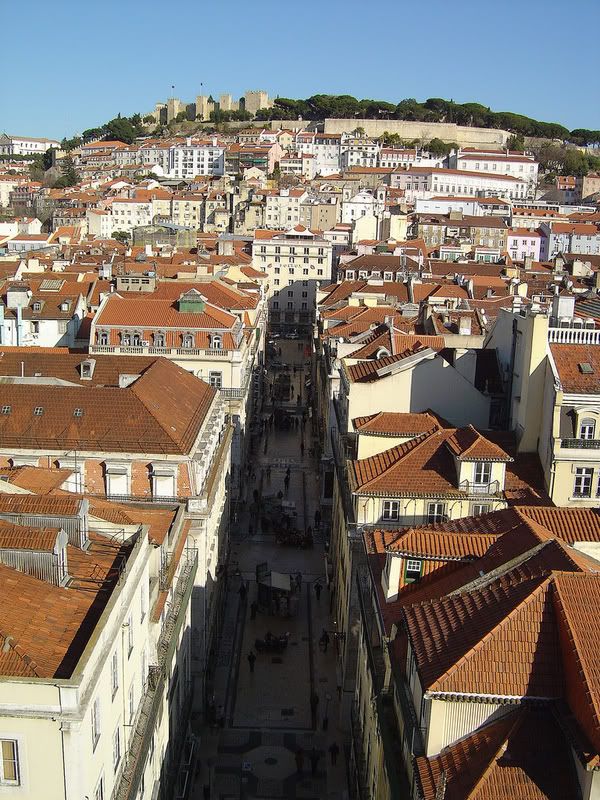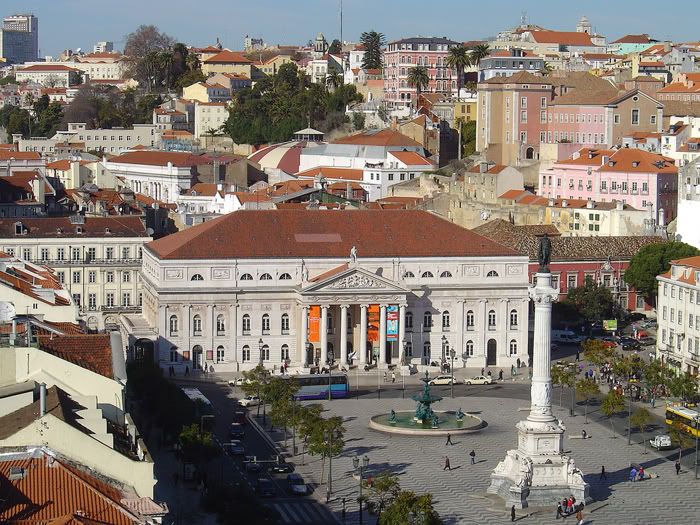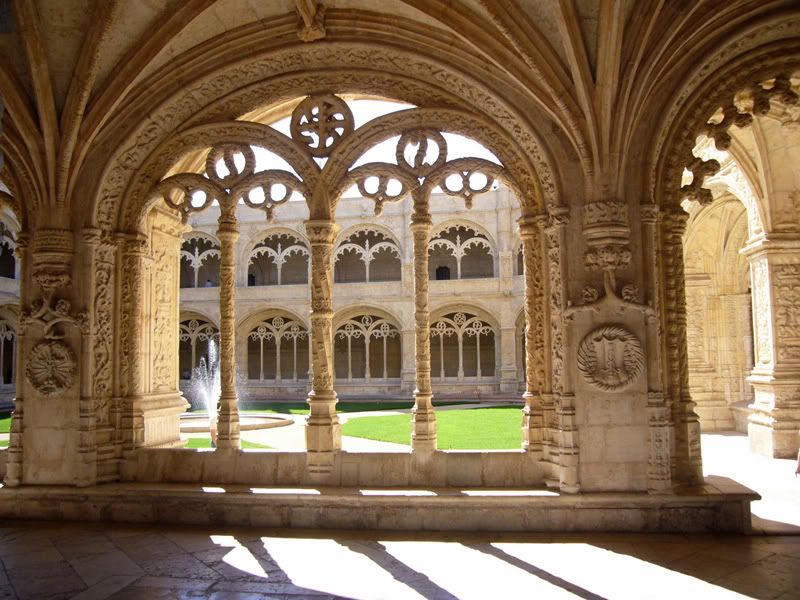
In one of the wings of the former monastery we can find the Museu da Marinha, an excellent place to learn a little about the naval history of Portugal, and the Museu de Arqueologia. The monastery church, the Igreja de Santa Maria de Belém, is a magnificent church with a nave flanked by two aisles separated by elegant pillars that support a beautiful and unique ogival dome. The luminosity, with the sunlight filtered by the stained glass windows, is extraordinary, creating an almost unreal atmosphere. The tombs of Vasco da Gama and the epic poet Luís de Camões can be found in the church. The visitor feels simply overwhelmed by the beauty and grandiosity associated with the history, the faith, and also the knowledge and determination that moved Portuguese culture.
Photo: Zingaro


